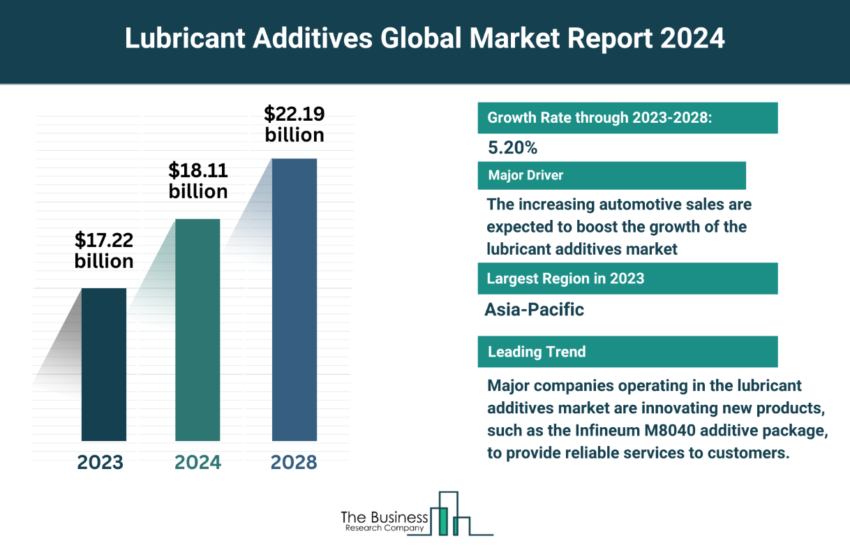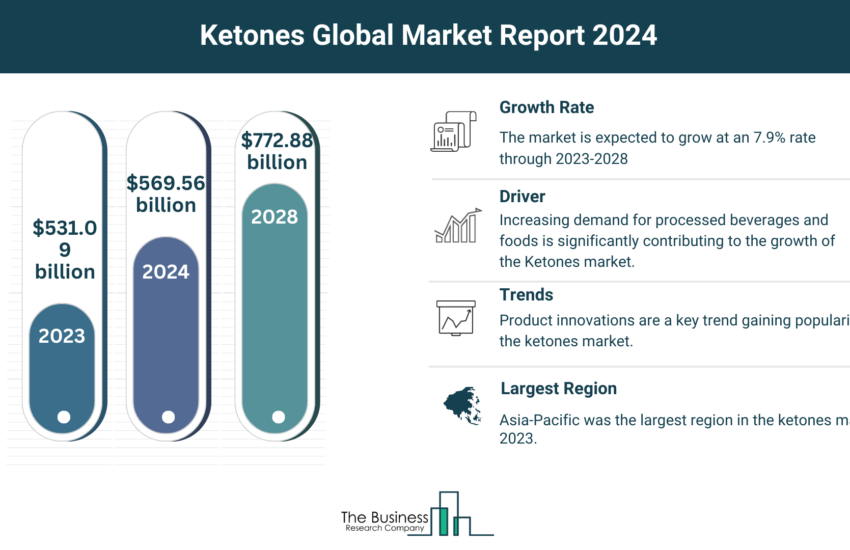Pressure Swing Adsorption Technology For On-Site Nitrogen And Oxygen Production
Industrial gases companies are increasingly using pressure swing adsorption (PSA) technology as a cost-effective and highly efficient method to produce nitrogen. PSA systems operate on the principle of adsorption. They consist of adsorption vessels packed with carbon molecular sieves (CMS) which are capable of adsorbing carbon dioxide and residual moisture. At high pressures, CMS selectively adsorbs oxygen, allowing nitrogen to pass through at the desired purity level. On-site generation of nitrogen using PSA systems is more cost-effective than traditional cryogenic distillation or stored liquid nitrogen. PSA systems can economically produce nitrogen at flow rates from less than 5,000 scfh (Standard Cubic Feet Per Hour) to greater than 60,000 scfh, and at purities from 95% to 99.9995%. Mahler AGS, a German manufacturer of on-site gas generation plants, is using PSA systems for low-cost production of nitrogen. Major industrial gas companies such as Linde, Air Products, Air Liquide, and Praxair are using PSA systems to enhance nitrogen production.
Industrial gases companies are also increasingly using pressure swing adsorption technology as a cost-effective and highly efficient method to produce oxygen gas. PSA systems operate on the process of static separation of ambient air (comprising of oxygen, nitrogen, and other gases) using an adsorbent capable of extracting the target gas at high pressure. Mobile PSA systems are being increasingly adopted in the healthcare and hospital sectors and are slowly replacing high pressure cylinders. Oxygen for the healthcare sector is now being produced on-site with the help of mobile PSA systems, replacing the need for the delivery and storage of oxygen, which reduces costs. These PSA systems are portable, easy to transport, and eliminate the risk associated with high pressure cylinders. They are being increasingly installed in military hospitals and ambulances. For instance, in 2015, the first PSA oxygen unit was installed in an ambulance in China. The PSA system was designed with the aim to replace the use of oxygen cylinders in ambulances as long-distance travel or traffic can result in oxygen deficiency at the facility and lead to loss of life.
Industrial organic gases include acetylene, chlorofluorocarbons and chlorodifluoromethane. Industrial inorganic gases include hydrogen, carbon dioxide, nitrogen, oxygen and helium. The global industrial gas market, valued at around $104 billion in 2019, is expected to grow to $125 billion in 2022 at a compound annual growth rate (CAGR) of 6.4%. Industrial gases are also referred to as bulk gases or commodity gases.
The industrial gases industry will be driven by advances in technologies such as big data analytics, IoT (internet of Things) and cloud computing. Pressure swing adsorption technologies and advances in cryogenic technologies are enabling industrial gases companies to produce larger quantities of gases at lower costs.




